The trinkets we as humans decide to associate with these precision machines of such high value and importance really tell a lot about culture and progression. You may laugh, “how does a hula doll tell us about the human condition?” We aren’t psychologists but we are car guys, and cars are born out of trends, popular opinion, economic need, and the will of the masses. And yet, many of these trends seem so incredibly random that we can’t help but wonder… what the heck started this? Was it one super-inspiring man in a Mustang GT or some kid in a modified Nissan Skyline who didn’t even think about what they were trying to prove? We set out to answer this.
And the answer, most often, is that these come about thanks to an act of rebellion or a show of “force of character,” someone needing the independent expression that some strange nicknack could represent. So perfect were the waves they created that many of these can be found in $1,000 Civics clear up to $3 Million Lamborghinis. As we learned writing this, military, politics, and even music play a role in these seemingly random objects, and even today almost all of these can be found for pocket change on Amazon.
10
Japanese Tsurikawa Handle
Approaching the turn of the century, Japanese youth would rebel by doing some horrendous (to them) vandalism. They would rip the hanging Tsurikawa (sue-REE-kah-wah) handles off of subway ceilings and then hook them to their car like a badge of honor, a sign of independence and uprising. They would normally hang them on their mirror but along the way, car culture seems to have mixed up these handles and the somewhat similar-looking recovery point on race and drift cars for towing them quickly if they crash.
The result is that many will hang the Tsurikawa from their front or back bumper, and even though it would make a crappy recovery point it does make a very cool JDM-car staple. Now instead of committing a felony, you can just buy these on Amazon for as little as $11 in heart shape as is common, or a four-pack of the classic round.
9
Fuzzy Dice
Back in around the 1940s is when fuzzy dice were speculated to pop up. There’s no solid literature on it until the ’50s when kids in hot rods were described to drive cars with “flashy colors” and “fuzzy dice.” This is thought to be originated as a tradition from brighter pilots. The assumption is that the purposeless novelty toy was readily available and evolved to be used to represent the gamble of flying as a “sortie,” potentially being shot down. Pilots carried this good luck charm after the war, inspiring the rebellious next generation.
Fuzzy dice are associated with cars from the ’50s up to the ’70s and ’80s as they evolved in color. White with black dots was the original, but black and red are common as well. Across the pond in the EU they’re considered… trashy… and a select few believe that it has ulterior meaning, that has been “broken in” so to speak, but not many recognize this. On Amazon, the dice are a mere $8.59 and are a must-have for the likes of old Corvettes or other muscle cars, and don’t look bad on classy new pony cars, either!
8
Windshield Banners
How did windshield banners start? Since as early as the 1960s, race cars would paint logos along the unused top end of the windshield for premium sponsors. In fact, almost as soon as cars had roofs that connected to windshields, British Touring Car Championship racers would use the “visor” space to write sponsors in starting in the late ’70s. Quickly the high contrast and all-angles visibility made this spot the very best for sponsors to occupy, and thus the most premium brands were displayed there.
Ever since, NASCAR, Formula Drift, Rallycross, Autocross, and anyone who has a windshield has stuck to it, and thus it trickled into street culture. If a car sports a fancy part like high-end BBS rims, it’s almost necessary to have a bold display of the brand on your upper glass. Unless you find yourself struggling to look up at stoplights, a banner is convenient for blocking the sun and making your car feel sport! You can even customize a banner on Amazon, a somewhat new feature, for $20. Be wary! There are good and bad windshield banners and some are accepted by certain car cultures while others are just unwise in general.
7
Crazy Exhaust Shapes
These are not common as they completely prohibit cars from going through the car wash and some can’t even go through drive-throughs! The crazy exhaust shapes like heart and massive stacks come from “Bōsōzoku” (bowe-sue-zoh-ku) or “Out-of-control cars” in Japan. These cars cropped up in the ’80s and were linked closely to decked-out motorcycles of a similar nature. For comedy or sheer rebellion, youth would make cars with massive wings, splitters, tailpipes, and crazy colors.
The most common we see are twin pipes jutting straight up, at an angle. The only reason behind this is to look cool, and as the ’90s cars become legal to come to America, Americans take after the culture as an homage. The crazier the custom exhaust, the better. A higher noise level might also be a bonus.
6
Antenna Balls
Back in the day (the ’70s to ’90s) flimsy radio antennas mounted near the hood would slap on the windshield leaving marks and sometimes even breaking them. To combat this, people would put foam balls or even wrap a cloth around the antenna until companies hopped on the trend with the cheapest knick nack worth currency: the antenna ball. After “Harvey Ball” (no relation to the name “antenna ball”) invented the smiley face and it became popular in the ’70s and ’80s, it became the “face” of antenna balls, as was the “Jack In The Box” character.
As the dirt-cheap and simple product was highly customizable many companies used it to promote their companies. Now, it’s a great era-appropriate touch for many ’70s and ’80s cars, especially American ones, and you can even get the classic smiley with a hat and goggles (pictured) for as little as $9.99. Variations got crazy and even out of hand in the 2000s until companies started making antennas that didn’t slap the windshield, and they dwindled even more as antennas became stubs on the roof.
5
Underglow
In the ’90s cars took to crazy colors and flashy mods that included lights underneath and inside. While the exact origin is unclear, we do know that it started as simple lights under a car for show, then evolved to be colorful and include other parts of the car. As cheap, bright, and customizable LEDs are now available, the underglow is making a strong comeback. Decent LED underglow can be picked up for $32.99 that can be seen in daylight includes a remote control, and app-controlled interior LED lights that can be well hidden are just $19.99 on Amazon.
The kits you’re likely to see on Instagram (like the blue Toyota 86 above), however, are likely to be a kit like this: KORJO LED 6-pc kit that is app-controlled and plugs right into your battery instead of inside for $69.99 on Amazon, which allows you to make patterns, connect your phone, and even make patterns with your signal lights or when you lock/unlock the car. While underglow becomes illegal in some states, you might need to check your local law or be ready to remove it. DO NOT use police-like colors such as red, blue, or white. Alternatively, green, purple, and orange are safe bets while driving, and turning it off until you’re parked is the safest bet.
4
The “Remove Before Flight” Tag
This red tag typically embossed with “Remove Before Flight” was originated from a military mechanic strategy to ensure that techs removed different components before a fighter jet or aircraft took off. They range from protective covers to stopping pins, and most of us would’ve seen them in videos or if we’ve gone to an aerospace museum. Naturally, a keychain on a car that implies it’s a jet is cool, plain, and simple. The irony of keeping on keys that we insert before flight no doubt helped the idea take off.
Since then, sayings and different colors have emerged and most recently there have been intricate patterns stitched into them of historical art or cars such as these $10 keychains by N/A Stock Co. (above) that we have bought before, and love! On Amazon, as well, there is a cool “Turbo Warning” tag for $7.49, or even one with your own custom text for just $8.91. Even the original tags can be found in a set for $5.53 for a 5-piece! This trend is relatively new, and we don’t see it going anywhere soon as it also helps the owner find their keys easily, it’s comfortable in pockets or on your person, it helps you pick the right keys easier, and it even makes picking them up super simple. Can you tell we have them on our keys? Haha!
3
Massage-Bead Seat Covers
The nature of these wooden beads may seem to have some origin in a tropical place like Hawaii, but alas, no. What started as an almost gimmicky invention soon because a favorite of New York cab drivers who needed stimulation and breathability on long driving days. This was around 1985, and in 1990 they took off after being picked up by large magazine catalogs like Hammacher Schlemmer.
The beaded seat covers didn’t work very well, as you might imagine, and didn’t take long to fade back out of existence as stings broke and spilled beads, beads cracked and made sharp points that hurt your bottom, and the massaging never really “massaged.” Now it’s simply a nod to the ’90s east coast, and while they are tacky now (as you can tell by the photoshopped Amazon listing), there’s no telling if they will make an unexpected comeback. They are still for sale on Amazon, as well, for $66.99 for the only ones we would really want to buy, a classier option with better ratings (not the photoshopped ones).
2
Spiked Lug Nuts
While this looks like these are some biker-gang-derived bad-A accessories, they are actually for a purpose, and it’s not to scare people away from the side of trucks on the freeway. The spikes came about as a way to shed water as the tires spin and protect the lug nuts. Originally, they were for semis who have to travel far and change tires frequently and quickly. They can’t be held up by rusted-on lugnuts or lugnuts that broke or dented on something.
Some have taken the spikes and made them intentional accessories that just add style to wheels, and are even lugnuts themselves, though they are similarly good at shedding water. Most commonly they are used to make it impossible to steal rims and tire sets that cost upwards of $2,000, and require a special tool like some kits on Amazon offer. Preppers have seen the spikes and adapted them for their zombie-smashing vehicles thanks to the threatening and dangerous look. To “cap” it off, almost all modified trucks with the classic Marvel’s Punisher sticker have these as simply a part of a big, hard-core truck! Blacked-out anti-theft sets are also on Amazon for about $72.
1
Dancing Hawaiian Girl (Hula Girl Nodder or Dashboard Doll)
Shortly after Hawaii became a state and subsequently a naval base, soldiers were shipped in and out in large droves following WWII in the ’50s. Back then artists would hand-craft them from clay and wire and some are rare collectibles today. Soldiers would bring them home and it didn’t take long for the bobbling motion to be found out as a great car accessory! Into the ’60s and ’70s, they developed their cheap replicas and sort of stayed on-scene ever since.
Now having a Hawaiian doll is a pretty cool feature on off-roading machines like Jeeps. Some even remember the iconic Baja 1000 winner, Chad Hall, pointing to his Hawaiian doll with a dress that had become a ball of straw in the hours and hours of dust and wind. Hula girls are on Amazon to this day for $13 or less and dashboard-made bobbleheads like cute $13 bulldogs and satirical $17 Baby Bidens are our favorites, and a great character-adding feature for cars, often a hilarious conversation point.
Read Next
About The Author

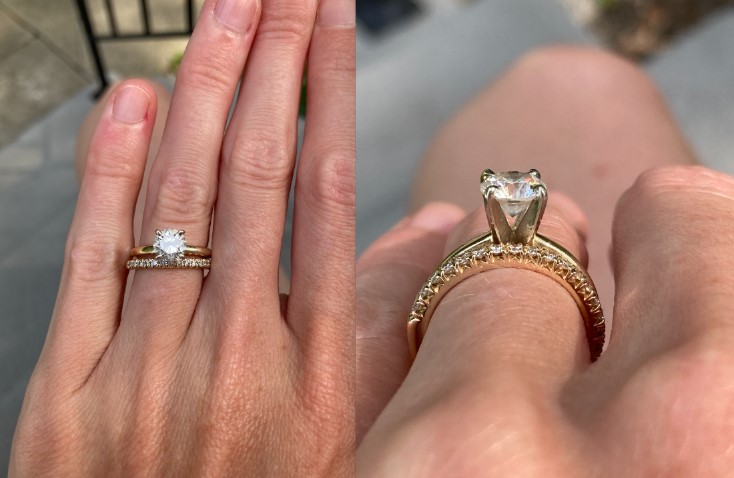
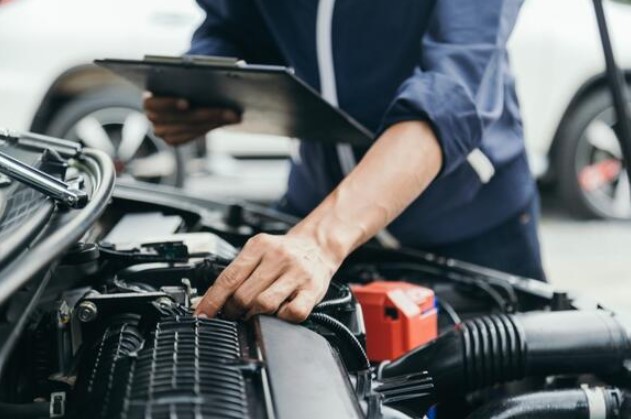
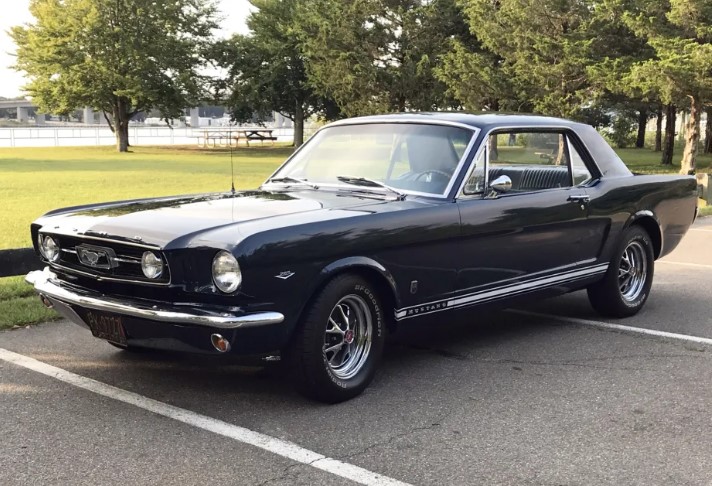

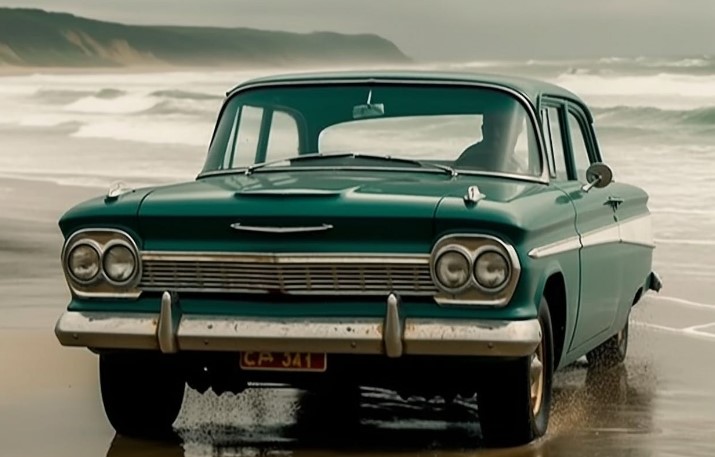
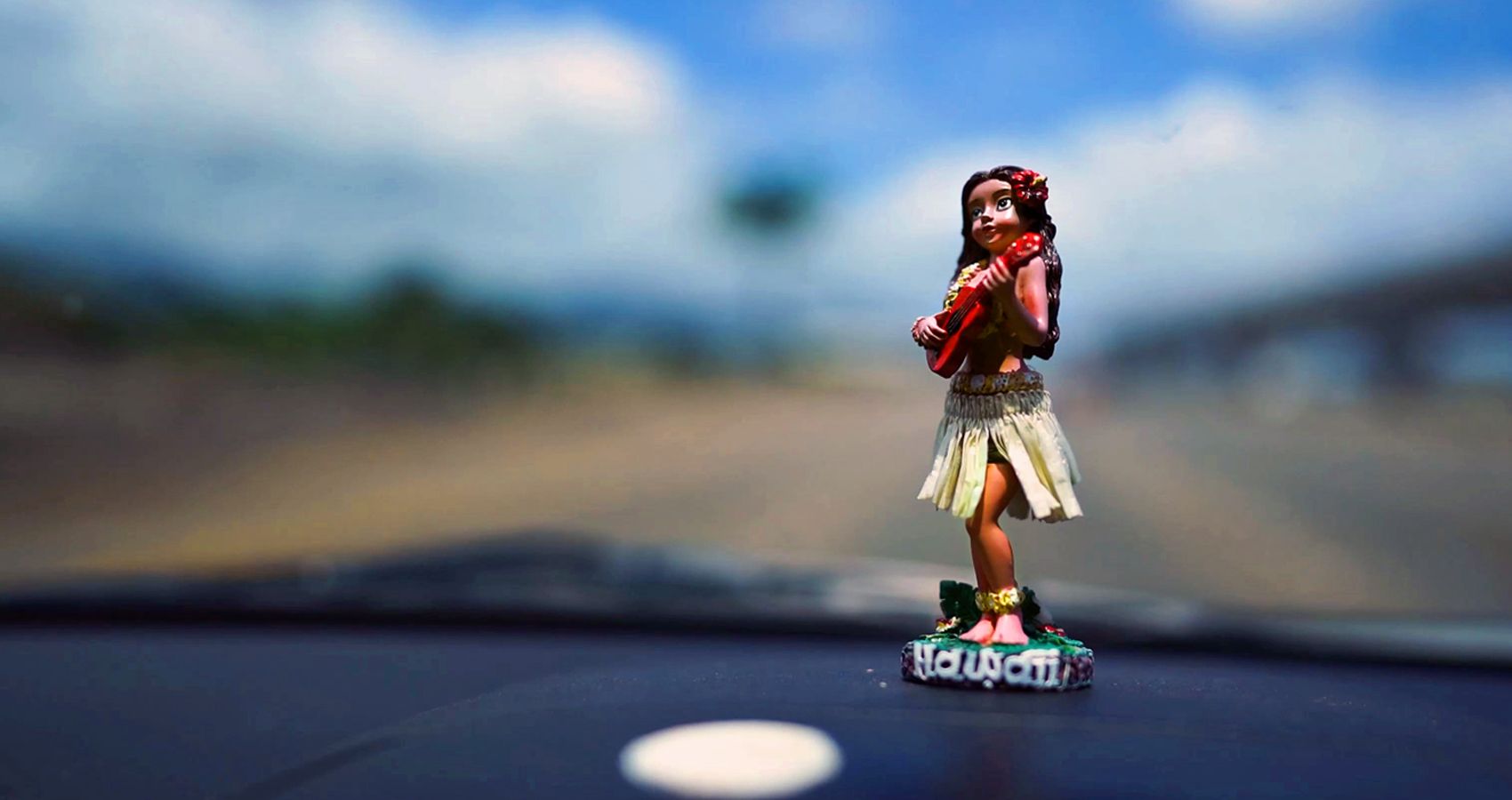

More Stories
Pavé Bands vs. Plain Bands: London Trends
2 Hot Auto Stocks You Don’t Want to Miss out on in 2023
Protect Your Car With These Weatherproof Accessory Deals